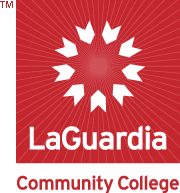
Publications and Research
Document Type
Article
Publication Date
2015
Abstract
Global Earth Observation Systems of Systems (GEOSS) are bringing vital societal benefits to people around the globe. In this research article, we engage undergraduate students in the exciting area of space exploration to improve the health of millions of people globally. The goal of the proposed research is to place students in a learning environment where they will develop their problem solving skills in the context of a world crisis (e.g., malaria). Malaria remains one of the greatest threats to public health, particularly in developing countries. The World Health Organization has estimated that over one million die of Malaria each year, with more than 80% of these found in Sub-Saharan Africa. The mosquitoes transmit malaria. They breed in the areas of shallow surface water that are suitable to the mosquito and parasite development. These environmental factors can be detected with satellite imagery, which provide high spatial and temporal coverage of the earth's surface. We investigate on moisture, thermal and vegetation stress indicators developed from NOAA operational environmental satellite data. Using these indicators and collected epidemiological data, it is possible to produce a forecast system that can predict the risk of malaria for a particular geographical area with up to four months lead time. This valuable lead time information provides an opportunity for decision makers to deploy the necessary preventive measures (spraying, treated net distribution, storing medications and etc) in threatened areas with maximum effectiveness. The main objective of the proposed research is to study the effect of ecology on human health and application of NOAA satellite data for early detection of malaria.


Comments
Originally published in Proceedings of SPIE 9490 (2015): 94900S-1–94900S-8